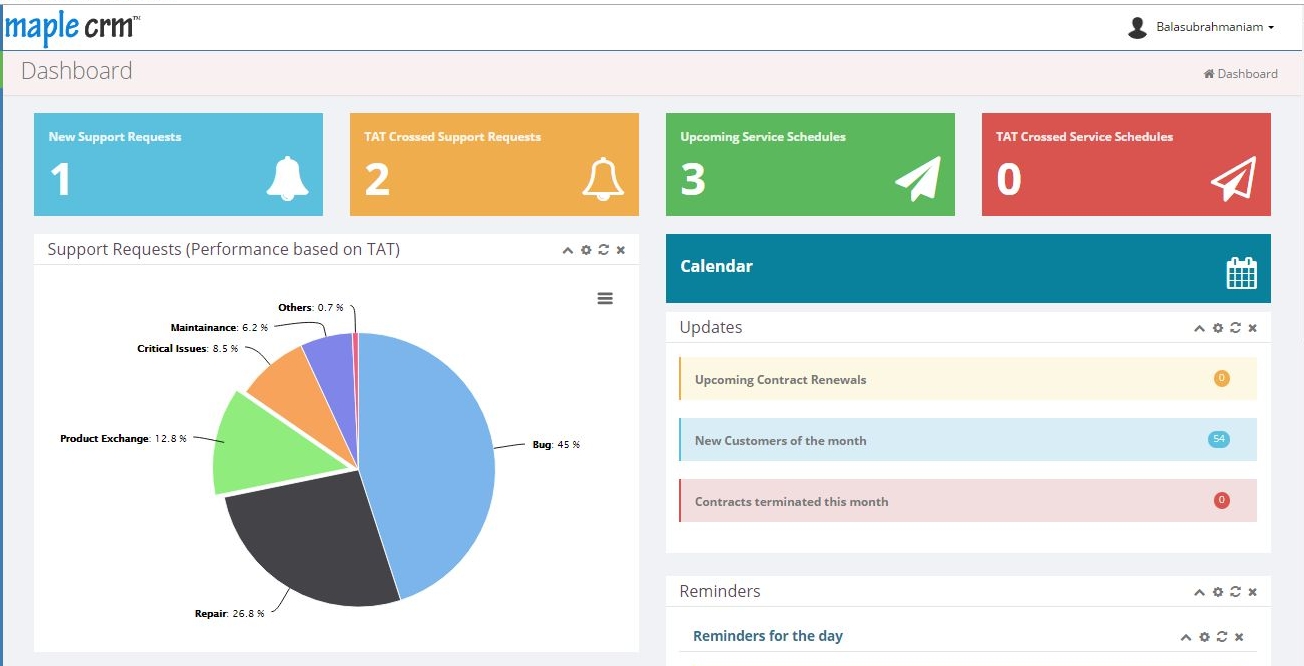You may have implemented a CRM solution for your company, but everyone in your organization may not have properly used the new system. This could cause many companies to feel that the CRM is not worth and may stop using it. Employees think that using a CRM solution is too much of a time consuming to learn how to use the system and to make use of the data collected.
Every new solution takes sometime to really understand and use it. But the time invested really pays off later. Here are few ways how you can simplify your way of using a CRM solution thus ensuring a good way to use the solution and get benefits from it.
1. Establish Best Practices
Chalk out the best practices to use the system. Engage actively with the end users and figure out the best process for activities. This will help all the users to follow one process and to collaborate together to provide fruitful output.
2. Use what is needed
Your CRM may offer many features with the package, but that does not force you to use what is not required and end up in wasting time and energy. Not every feature is going to be relevant to your organization. If you already have certain process that is defined, follow the same. If something new is available that is going to help you out, then make use of it. (You can try www.maplecrm.com, which offers features that is tailored based on your requirement)
3. Automate certain tasks
Don’t unnecessarily waste your employees time on tedious, repetitive tasks. Set up automated systems to do the work for you. Develop templates to avoid time on drafting the information everytime. Email templates, Invoice/Quotation profiles, Report templates can save much time. The easier your system is to use, the more people will actually use it.
4. Keep data segregated and clean
Your CRM software is only as good as the data you have stored in it. Every employee should ensure of keeping up-to-date information in the system. If the system is not updated regularly, then slowly this can add up to a database filled with obsolete information. Keep the data categorized so that you know where to search for it when it is needed. By classifying them in different ways, it is easier for you to differentiate your customers and focus only on those which is worth spending time.
Adoption of a new CRM system can be difficult to deal with for any organization, but with a strong commitment and a simplified process, your company can be on it’s way to CRM success.





